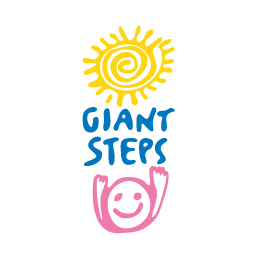Our Approaches
Our Approaches
There is no cure for autism. It is a lifelong condition and there is no specific treatment or therapy protocol when it comes to dealing with the condition.
As with the spectrum of disorders, there is also a spectrum of treatments and therapies.
While some parents will report marked improvements using a therapy or intervention program, others may find little or no impact upon their child’s condition. Some parents may talk of a child “recovering” from autism, while others will find only an improvement in the day-to-day management of their child’s condition. Just as there are no two children alike on the spectrum, there is no single therapy or program that works for everyone. Currently, no single therapy or treatment has been empirically verified. However, research suggests that successful programs contain the same key components:
- Autism specific curriculum content focusing on attention, imitation, comprehension and communication, play skills and social interactions.
- Need for highly supportive teaching environments and generalisation strategies.
- Need for predictability and routine.
- A functional approach to challenging behaviours.
- Transition from the preschool classroom.
- Family involvement.
- Use of visual supports.
- Multi-disciplinary collaborative approach.
- Inclusion opportunities with peers as appropriate.
- Promotion of independent functioning.
- Incorporation of obsessions and rituals into programs to increase engagement.*
At Giant Steps, a combination of education and therapy combine in a transdisciplinary model of service delivery across the organisation.
*Early Intervention for Children with Autism Spectrum Disorders: ‘Guidelines for Good Practice’ 2012, by Margot Prior & Dr Jacqueline M. Roberts

Giant Steps Sydney
Telephone:+61 2 9879 4971

Giant Steps Melbourne
Telephone:+61 3 9853 9578
Just as there are no two children alike on the spectrum, there is no single therapy or program that works for everyone.
